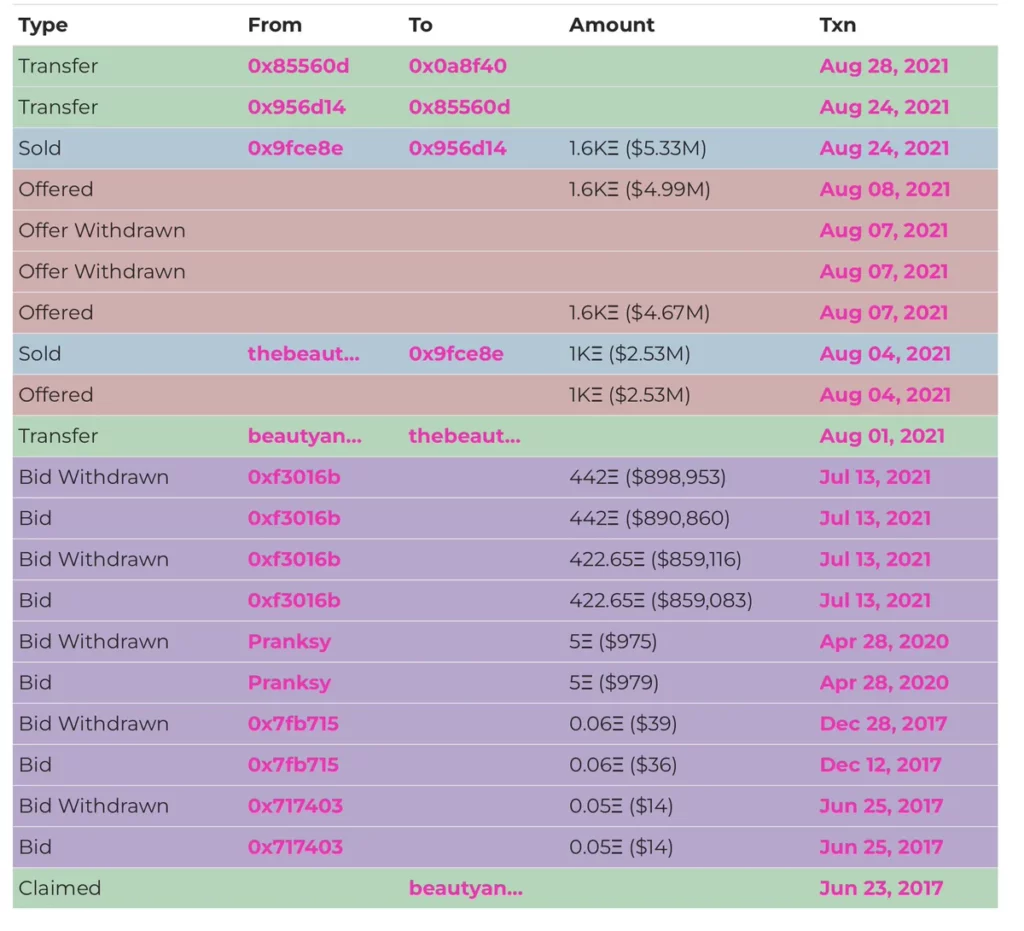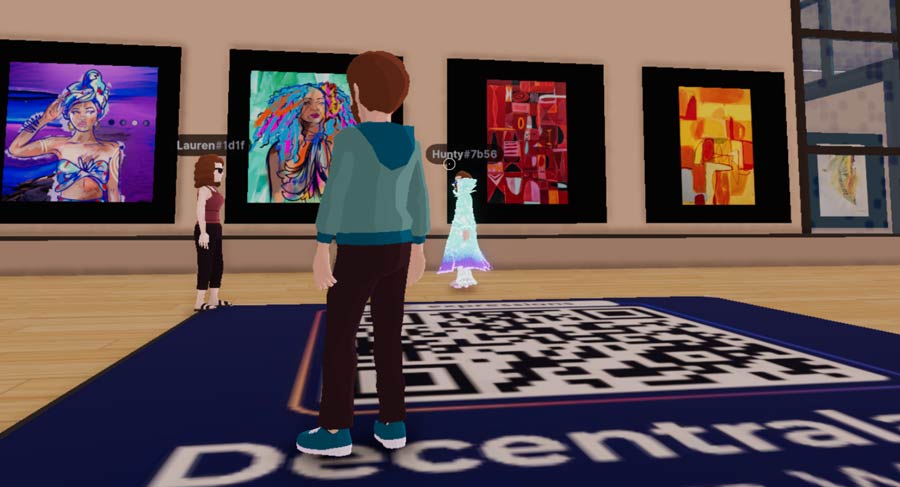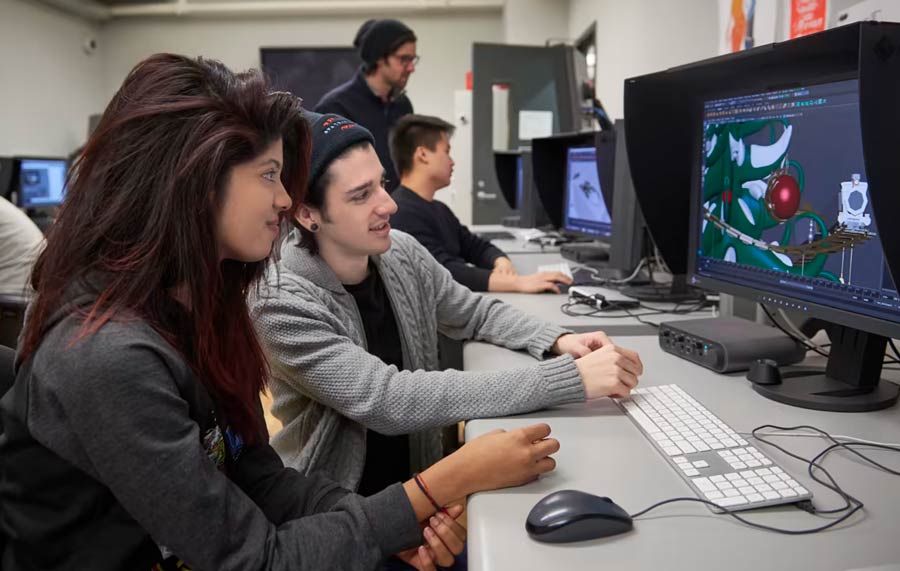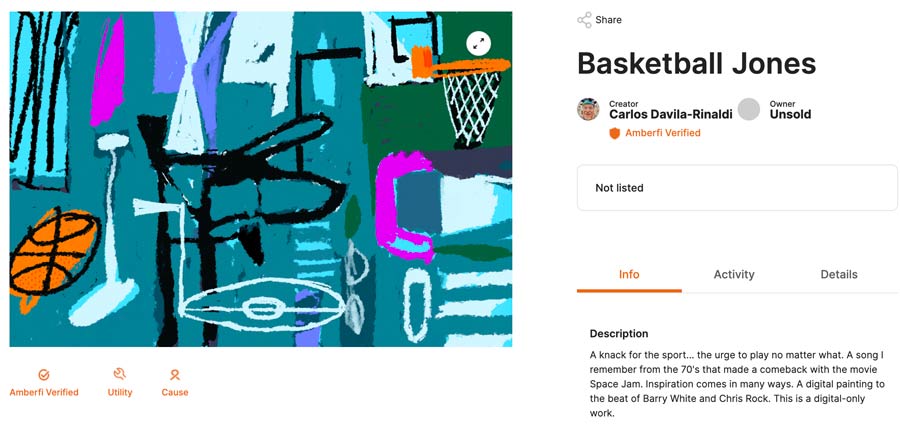At Expressions, our mission is a simple one: to make the Web3 art world much more diverse and inclusive by bringing millions of works of art from different cultural traditions around the world onto the blockchain.
And it all begins with what we see as a generational shift where digital art becomes much more enmeshed in our daily lives — indeed, where it becomes the norm, the default way of experiencing and appreciating art.
While there will always be a revered place for art galleries and museums in society, we are living much of our lives online. Socializing and interacting with friends. Conducting business. Experiencing and commenting on culture.
Later this month (knock on wood) we’ll be debuting Expressions.com, a new community-driven creativity platform, social marketplace and discovery hub for digital and physical goods. Our immediate goal is to entice not just NFT collectors but regular folks — art lovers everywhere who are willing to dip their toes into the digital art waters.
So let’s talk about digital art.
SuzanneNFTs, one of the most prominent and art-savvy collectors in the NFT space, posted a Twitter thread the other day that deserves much more attention, so we’ll repost it and expand upon it here.

1. Authenticity
The art world suffers from fraud and fakes. Buying art is complex and requires professional verification. Blockchain Technology provides you with a digital certificate of authenticity for each piece of art that proves authenticity and cannot be tampered with.
When you walk out of an art gallery with a traditional painting or print, it’s often accompanied by a certificate of authenticity — basically, a paper that vouches for the authenticity of the artwork. It usually includes the title and some basic details about the work, and sometimes adds a hand signature from the artist.
While such a paper certificate is useful, it has its limits. More often than not, the paperwork is lost over time, and its reach is limited to whoever is holding it in her hands (unless you scan it and place it next to the work online). The blockchain, on the other hand, is a free, universally accessible public ledger that lets you call up the provenance of any artwork or digital object. Anywhere. At any time.

2. Provenance
Provenance provides a history of ownership. Good provenance increases the value of an artwork and confirms the date and original artist. Provenance is extremely difficult to prove in trad art. The Blockchain stores provenance in a correct and immutable way.
Closely related to authenticity, provenance lets you call up the full record of an artwork’s history of ownership, from its creation and minting to all the transactions in which it passed from one owner to another. While the record shows wallet addresses and not names, often it’s not hard to identify the owner of a crypto wallet. Provenance on the blockchain is superior to its analog equivalent, validating the work’s true owner as well as its history.

3. Wall space and showcasing
Trad art collectors often suffer from a lack of wall space to showcase their collections. In digital art there is unlimited wall space and the opportunity to showcase your collection through online galleries such as @0xDecaArt and @oncyber.
Digital art holders have a rapidly expanding set of options for how to show off their art, ranging from a digital wall canvas in their home to having the work shown in the metaverse, in an online gallery or an online game. All of those options are enabled by default in the licenses that come with digital art purchased on Expressions.

4. Community
In trad art you can read about art and share your passion with a few friends. In the digital art space you can connect with art enthusiasts around the globe. For me as somebody who is obsessed by gen-art I found my home at @GrailersDAO and @squiggleDAO.
This is a great point, often overlooked in the traditional art world, where one’s relationship with an art gallery is that of a collector and customer rather than a fellow art lover. Online, you’re much more likely to find a tribe of fellow art enthusiasts who are jazzed to talk about a particular artist or style of art, whether in a Discord, Facebook group or a Telegram or Signal group.

5. Demographics
A growing group of collectors are digital natives and grew up with computers and the internet. They don’t have issues setting up a Metamask account or buying things online. By gaming they learned to value digital items. Demographics are therefore in our favor.
Simply put, young people in particular are turning to all things digital. (Remember the title of my 2005 book Darknet: Hollywood’s War Against the Digital Generation? The movement toward digital first has become much more pronounced since then, and an entire generation has grown up as digital natives.)
Have you explored our highly curated secondary market? Uncover expert content, extraordinary collections and more. https://t.co/R2OIgLkphu pic.twitter.com/oIoyBHRgfs
— Sotheby's Metaverse (@Sothebysverse) August 4, 2023
6. Auction houses and museum
Museums and auction houses are not very successful in attracting the younger generation to their venues. If they want to be successful in the future they have to embrace digital art. @Sothebysverse and the MOMA have shown that this is the way to go.
Absolutely. And let’s use a generous definition of digital art. It doesn’t need to be crypto art that blinks, it doesn’t need to be generative art. Art in almost any medium can be digitized. What’s important is that it moves you.
7. Digital identity
Online digital presence and identity is increasingly important. NFTs allow for secure digital identity in virtual worlds and applications. This becomes even more important as more and more social networking platforms move into the Metaverse.
True. Intellectual property ownership is one of the topics I explored in my book Darknet, and it has become even more relevant today as metaverse and online community sites grapple with IP issues. If you’re going to outfit your virtual homestead with art, you may need to prove that you own it and didn’t just copy it from the Internet.

8. Ease of buying and selling
Trad art pieces often take years to buy and sell. You have to find the right gallery, do a thorough check for authenticity and arrange for transportation and insurance. Selling and buying digital art is a breeze.
While many of the current NFT marketplaces leave a lot to be desired for the average art buyer, we’re still in the early days and the UX will only get better.
9. New forms of art
Digitalization has allowed for new forms of art. Without the use of computers, Gen-Art, AI art and many other art styles would not have been possible. More easy to use and more advanced tools enable artists to move beyond their traditional boundaries.
We’re still at the dawn of this new age. Generative art, AI art, multimedia art all deserve a prominent seat at the table in the art world. These new forms will only take on greater influence and consequence over time.
10. Art with a long view
I am in crypto for over 10 years now and i have seen so many ppl declare crypto and digital art death over time. Decentralization and Immutability are however strong forces that will be even more prominent in the future. I am more bullish than i have ever been.
Well said. Let’s leave it there. Here again is Suzanne’s full thread.
At top: Four of the works in the “Origins & Ancestries: Genesis” art drop, coming soon to Expressions.com.
